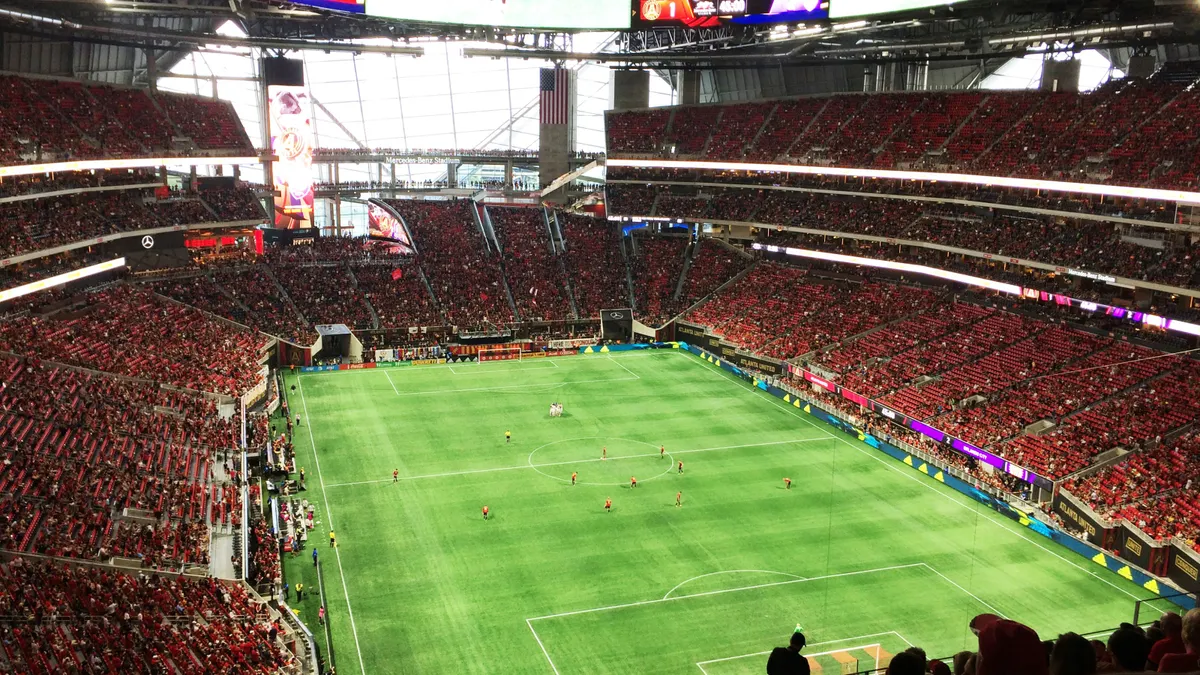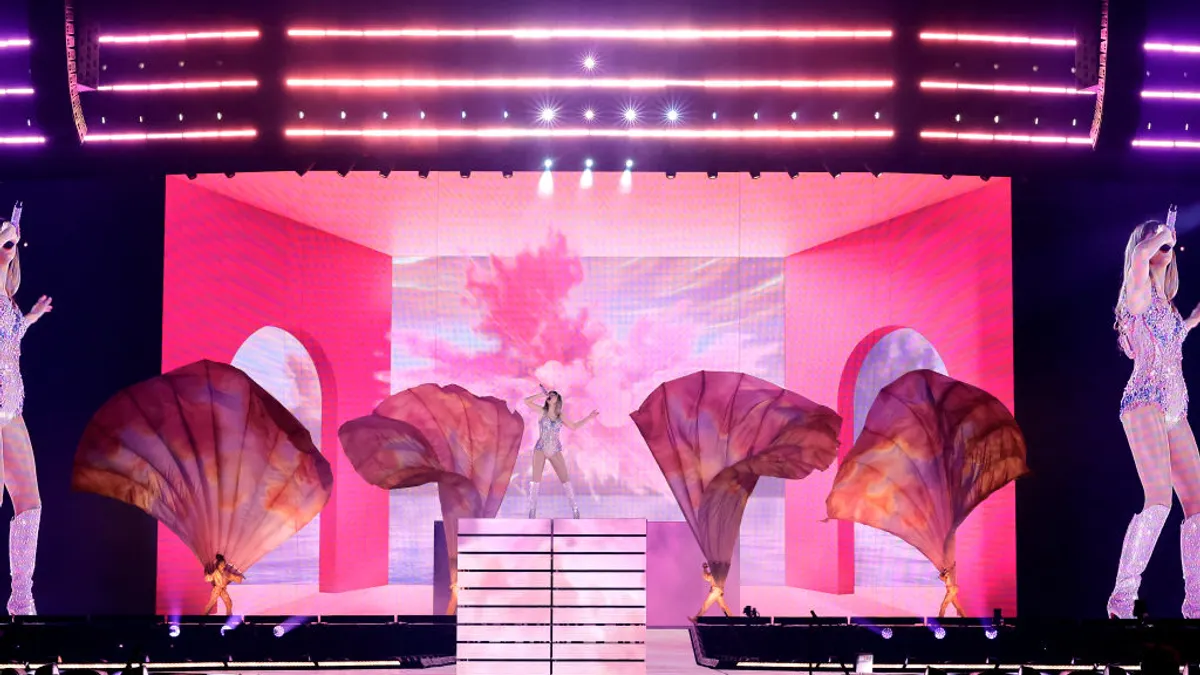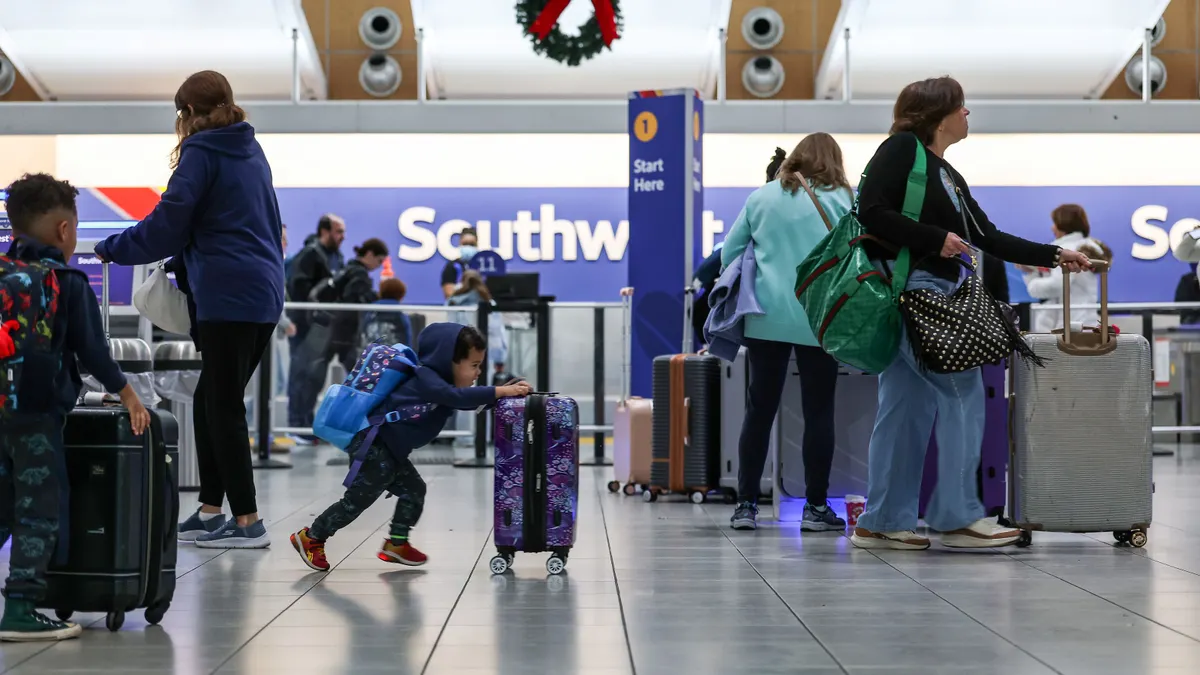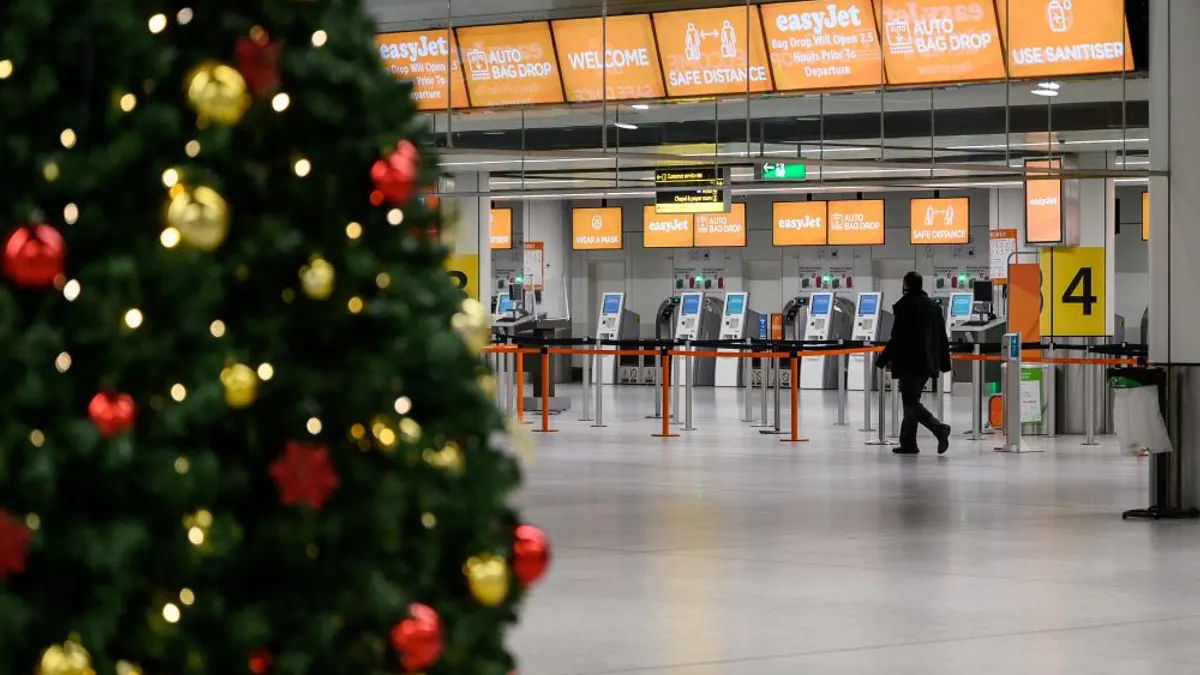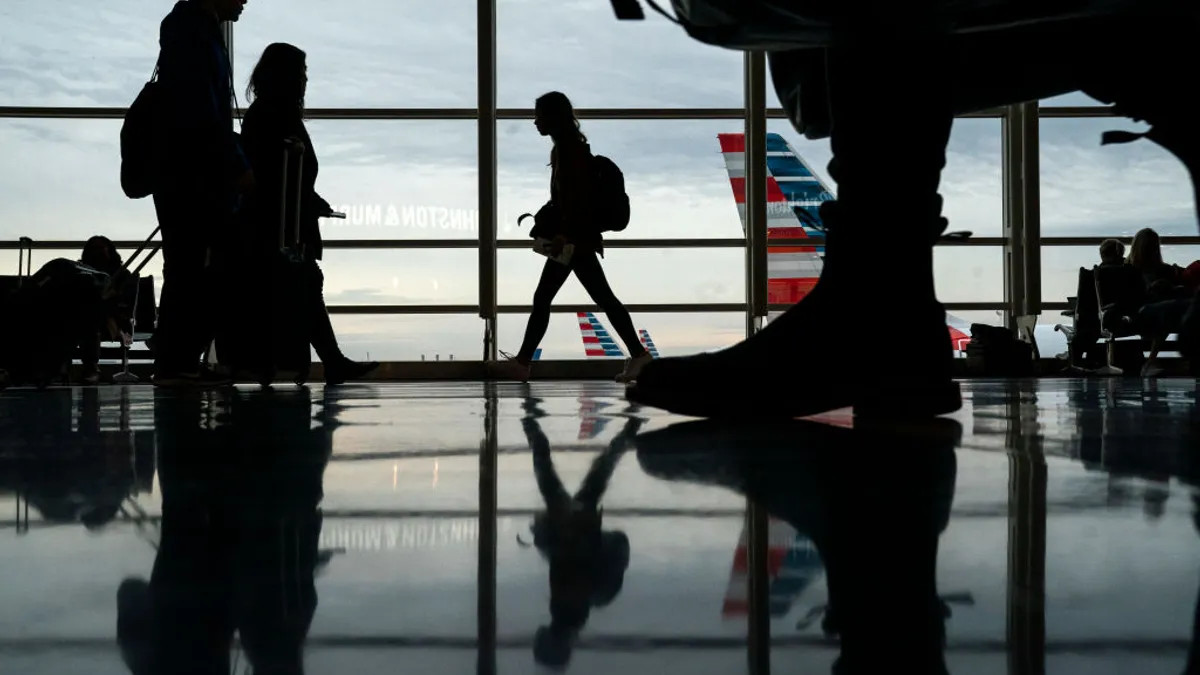Length-of-stay rules have restricted hotel room inventory ahead of the FIFA World Cup 2026, according to a Monday update from hospitality data provider Lighthouse.
Meanwhile, overall average hotel prices for the global soccer competition — which will feature 104 games across 48 teams in 16 host cities across Canada, Mexico and the U.S. — are significantly above typical 2026 levels and are higher than the same dates in 2025, which, according to Lighthouse, reflects “clear anticipation of future demand.”
The U.S., however, is lagging behind its co-hosts when it comes to year-over-year hotel room rate growth.
During the six-week event, which kicks off June 11, average U.S. hotel prices in host cities are tracking 55% higher than the same period in 2025. Comparatively, in Canada host cities, prices for that time period are 92% higher, while in Mexico, rates are up 114% year over year.
According to the report, the room rate growth difference between the U.S. and the co-host countries can be attributed in part to smaller hotel inventories in Canada and Mexico as compared with major U.S. host cities. In addition, “football culture, particularly in Mexico, enjoys deeper cultural roots that naturally drive stronger early demand,” the report states; policy may also be playing a role.
Overall, international travel spend in the U.S. is expected to decline in 2025 as a result of more restrictive visa conditions, tighter border procedures and broader trade tensions with neighboring countries.
“In that climate, some degree of caution [around hotel booking] is understandable,” Lighthouse said in the report. “However, in previous editions we saw that hardcore fans still traveled to Russia, South Africa and Qatar, so it is probable that this will not prevent a wave of fans traveling to the U.S.,” the report continued. “It may simply mean that bookings could remain slower until tickets and travel plans are locked in.”
Soft demand, missing inventory
In the nine months before the games begin, hotel demand is slower than expected, with occupancy levels in most host cities still sitting in the single digits, “even for matches involving automatically qualified hosts,” per Lighthouse.
According to FIFA, more than 1 million tickets have already been sold out of an estimated 7.1 million available tickets. That means the primary hotel booking rush is still ahead as more ticket sales are still to come.
Additionally, Lighthouse data across all host markets shows significant portions of hotels listed as unavailable during the tournament, either because of length-of-stay restrictions or withheld inventory.
“Many hotels are holding back inventory and setting minimum-stay requirements in anticipation of higher-value bookings later,” the report said. Fans are also waiting for clarity on where their teams will play before locking in accommodations.
That means hotels and fans “are effectively on pause” as they await the main ticket draw, which began Monday and runs through Oct. 31. A final draw and full match schedule will be released on Dec. 5, which “will likely mark the start of the real surge in World Cup-related stays,” per the report.
Room rates ‘healthy’
Despite the soft start in bookings, average rates for the World Cup period in North America are higher than typical 2026 levels as compared to the same dates in 2025. Overall, current room rates vary from an average of $583 per night in New York to $146 per night in Houston.
Nine months out from the tournament, prices for the entire six-week World Cup window have climbed by roughly 50% compared to 2025 as of Tuesday’s report, representing a “healthy lift, but not the surge many hoteliers may have expected from the world’s largest sporting event,” per the report.
However, “across most host locations, rates are actually higher during the opening weeks, when more games are scheduled and inbound demand is likely to peak.”
According to Lighthouse, North America’s travel industry “should prepare for a sharp shift in booking figures and available inventory in the months ahead.”
The report advises hotels and revenue managers to closely monitor this period, “tracking forward-looking demand data, competitor pricing and booking curves to anticipate when demand surges into their markets.”



